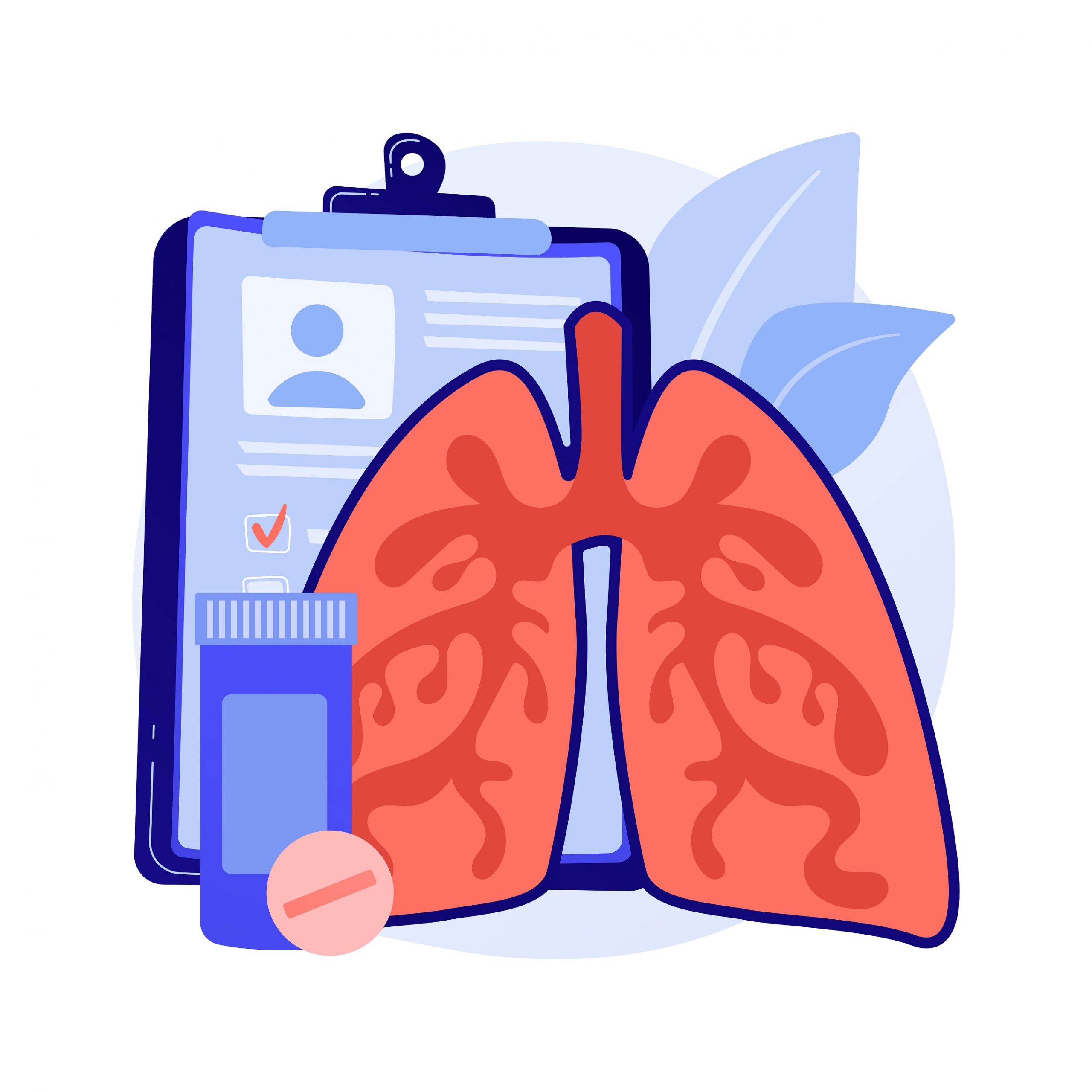When most people hear the word “diabetes,” they often picture an older person managing their diet or insulin levels. However, the reality today is quite different—diabetes is an urgent concern for children and young people as well. In fact, diabetes is one of the most common chronic illnesses among children, and the numbers are on the rise.
Misconceptions about childhood diabetes persist, leading to delayed diagnoses and inadequate care. On World Diabetes Day, it is crucial to dispel these myths and raise awareness about the realities of the disease in younger populations. To raise awareness about diabetes, we need to know a few things:
Diabetes in children presents both immediate and long-term risks. Short-term risks include conditions such as diabetic ketoacidosis (DKA) and hypoglycemia, both of which can be life-threatening if not treated promptly. The long-term complications are equally concerning. Uncontrolled diabetes increases the risk of high blood pressure, high cholesterol, liver disease, and cardiovascular issues—even at a young age. Additionally, diabetes can lead to microvascular and macrovascular complications, such as retinopathy, nephropathy, neuropathy, and cardiovascular diseases.
Diabetes in children primarily manifests in three forms: type 1, type 2, and monogenic diabetes. Type 1 diabetes, the most common form among children, accounts for over 90% of pediatric diabetes cases. It occurs when the body’s immune system mistakenly attacks and destroys the insulin-producing beta cells in the pancreas, leading to an insulin deficiency. This autoimmune reaction can develop over time, with symptoms appearing suddenly. Type 1 diabetes can develop at any age.
While traditionally thought to affect adults, around 10% of children are now diagnosed with type 2 diabetes. This condition can manifest at any age but is often associated with risk factors such as being overweight, having a family history of type 2 diabetes, leading a sedentary lifestyle, or experiencing polycystic ovary syndrome (PCOS) in girls. Dark patches on the skin, particularly around the neck (known as acanthosis nigricans), can also indicate insulin resistance in children.
Monogenic diabetes, a rare form, affects a small percentage of children—about 1 to 6%. It is caused by a single gene mutation and can present very early in life. Neonatal diabetes mellitus, a form of monogenic diabetes, typically appears within the first year of life and requires specific management strategies.
The symptoms of diabetes in children may vary depending on age and type. However, common signs include excessive thirst, frequent urination, unexplained weight loss, constant fatigue, and recurrent infections. These symptoms can be subtle and may be mistaken for other conditions, leading to delayed diagnoses. To ensure proper growth and development, children should be provided with a balanced, fiber-rich diet. Healthy eating, regular exercise, and maintaining a healthy weight are key to managing diabetes.
Early recognition is crucial for effective disease management and minimizing complications. If any of these symptoms are observed, it is essential to seek medical attention immediately.
For children with type 1 diabetes, insulin therapy is the cornerstone of treatment. The type and dosage of insulin are tailored to the child’s age, lifestyle, and overall health. Over time, children with type 1 diabetes may also need screening for related conditions such as thyroid issues or celiac disease, which are more common in this population. For children with type 2 or monogenic diabetes, the disease can often be managed with medications, lifestyle changes, and, in some cases, insulin to keep blood sugar levels under control.
By educating ourselves and our communities, we can break the stigma associated with diabetes and ensure that children receive the care they need. Diabetes is a lifelong condition, but with proper management, children can lead full, healthy lives. It is time to recognize the growing prevalence of diabetes among young people and take action to protect the next generation from its impact.
Author:
Dr. Ahsanul Haq Amin
Senior Consultant
Diabetology & Endocrinology Department
Evercare Hospital Dhaka











